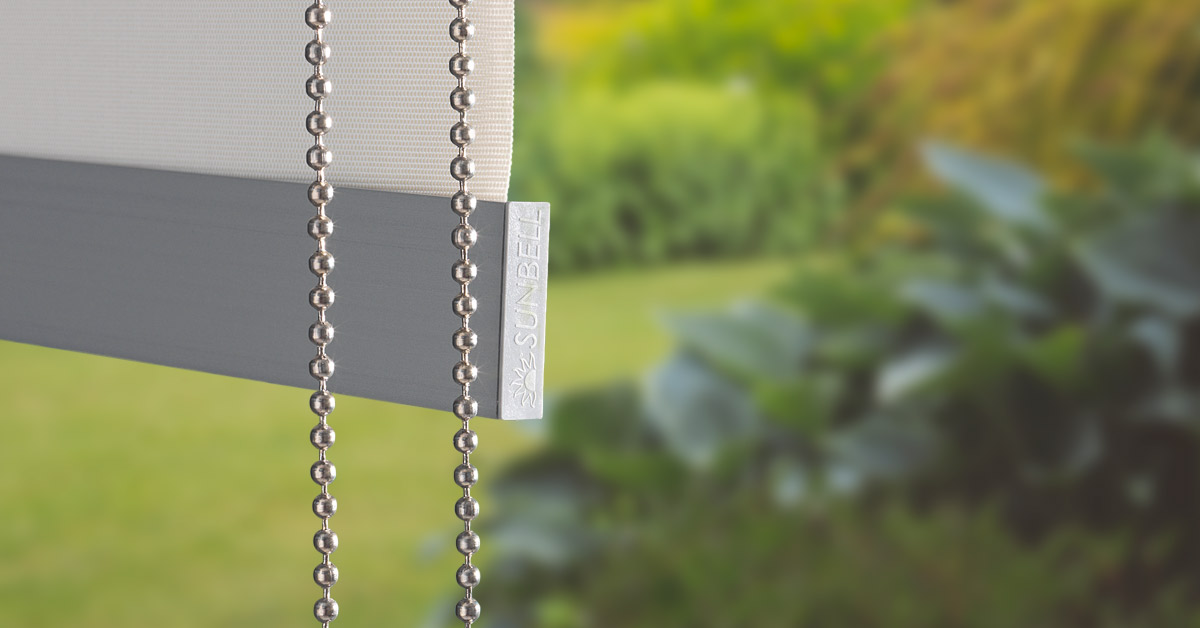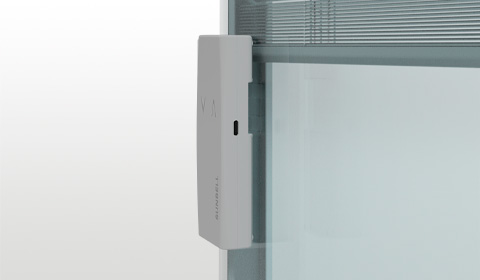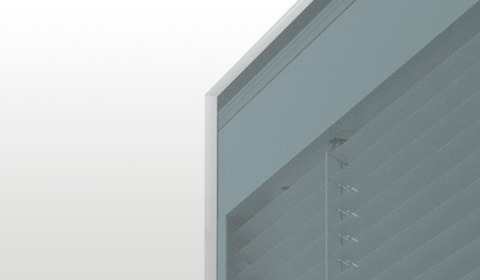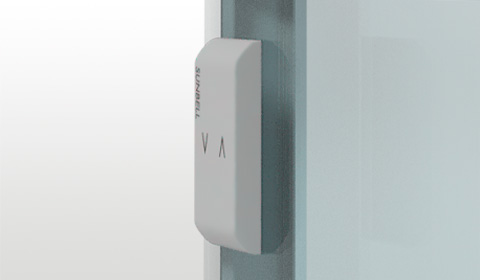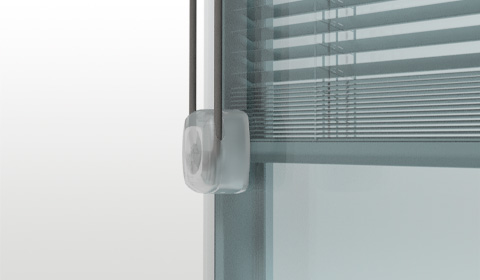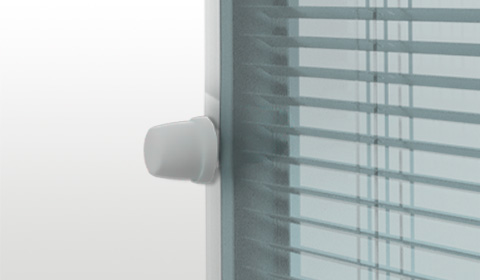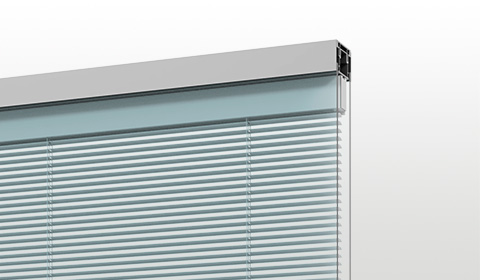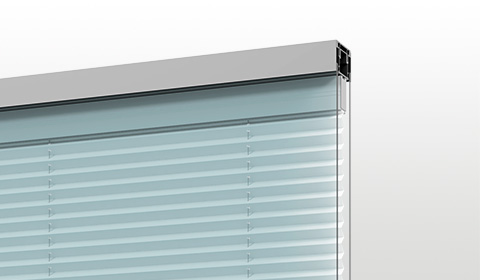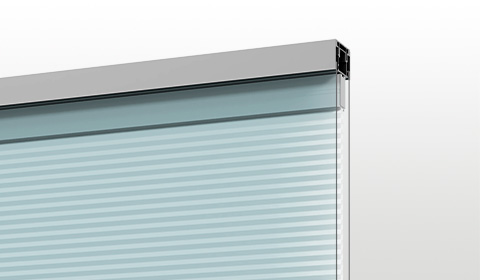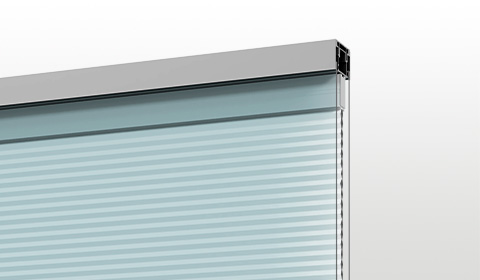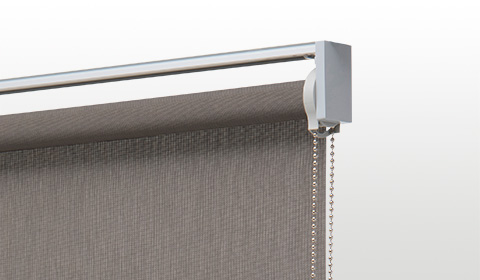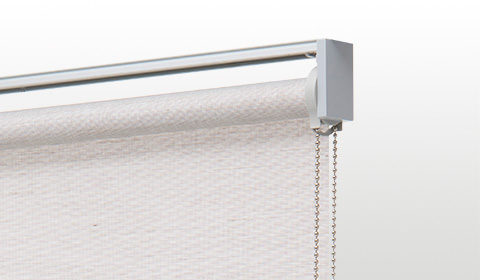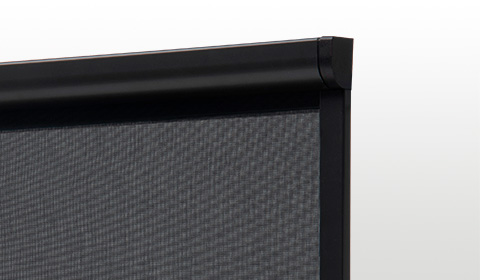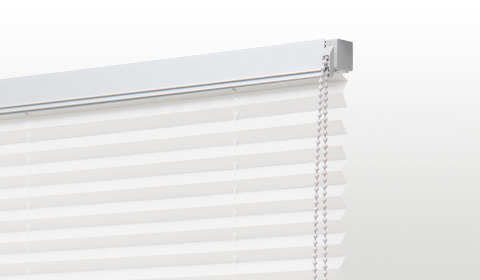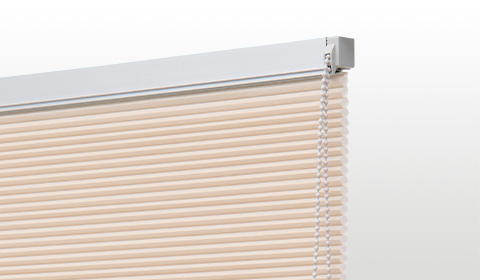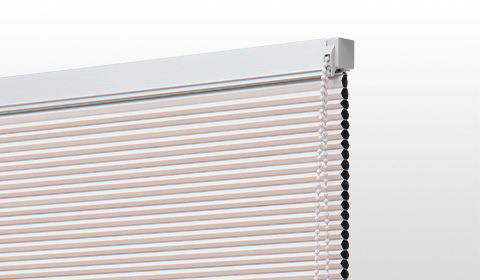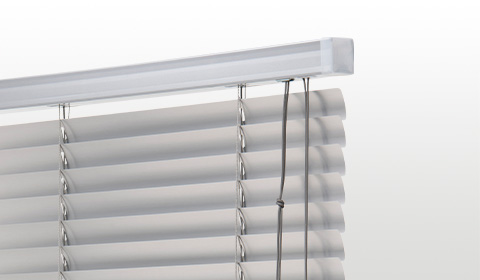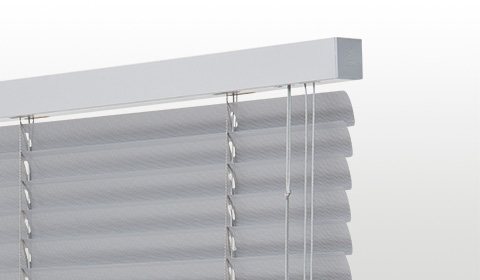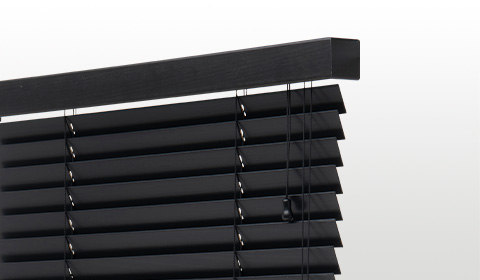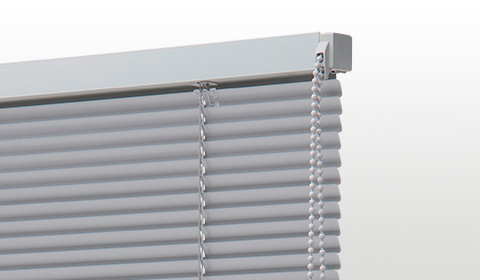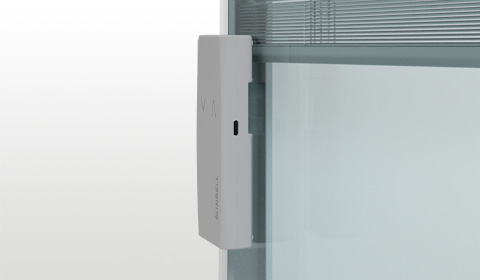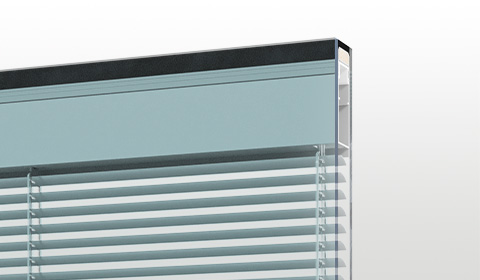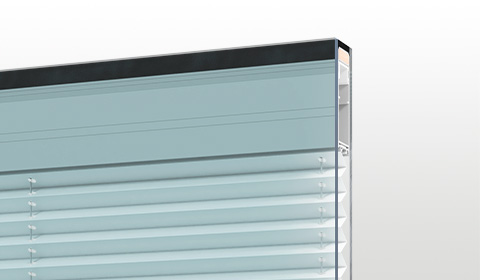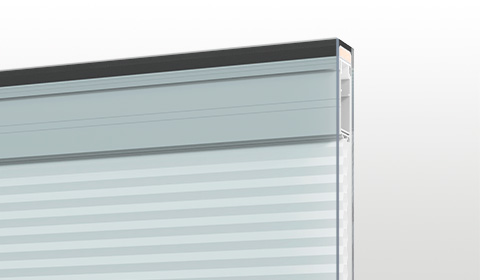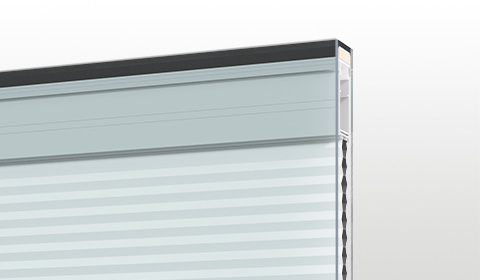Roller blinds are a great choice for several reasons, and in this guide we would like to give you a clear and precise introduction to them.
Before continuing with specifics, we would like to repeat some notions we have underlined more than once in articles on our blog.
Given the great variety of choices on the market, choosing the blinds that are an exact fit for you and your lifestyle is not an easy task, but it is still an extremely important one.
The importance of making an informed choice
Putting aside for a moment purely aesthetic and/or economic reasons, it is important when choosing your blinds to keep in mind their essential function, which is to shield your room from the sun’s rays.
So, when choosing the type of shading, or blinds, you want to purchase you need to remember the objectives they are designed to achieve.
What are these objectives? We’ll tell you right now:
- Protection against heat from solar radiation;
- Reduction of energy requirements for cooling the building;
- Luminous flux regulation;
- Luminous flux distribution;
- Darkening of rooms;
- Privacy;
- Visual contact with the outside;
- Reduction of thermal dispersion from windows and doors;
- Protection from UV rays;
- Integration with natural ventilation;
- Façade design.
Once you have decided on your objectives, you can proceed with the choice of the most suitable blinds, such as, for example, roller blinds, which can be outdoor or indoor.
Outdoor or indoor roller blinds: pros and cons
Roller blinds, like every other product in the world, have pros and cons, which we would like to analyze with you.
Outdoor roller blinds:
PROS: The most energy efficient solution for energy saving and heat reduction in the building. So: less need for air conditioning systems, better living comfort, and consequent savings in bills.
CONS: Depending on the type of building they can be difficult to install. The external shields are subject to weather and wind. They are the most aesthetically impactful solution. On very high buildings, installation and maintenance can be difficult or impossible.
Indoor roller blinds:
PROS: Versatility of siting and installation. Low maintenance costs. Low aesthetic impact on the building. Ideal for existing buildings.
CONS: Lower energy performance.
Roller blinds: the choice of fabric
The fabric of the blind is as important as its structure, because it contributes directly to solar shading, insulation, aesthetics, bulk and dust accumulation.
Some very important characteristics to consider when choosing fabrics are the following:
- Solar factor (g, gt or gtot): represents the percentage of solar energy that the blind (in combination with a particular type of glass) lets enter into the building;
- Opening factor OF: represents the percentage of air between the weft and the warp. OFs of more than 5% can cause glare (i.e., they would be unsuitable for working environments with screens).
The type of fabric should be chosen according to the parameters we list below.
Where will it be used
- Office: if there are screens the fabric should allow good lighting but prevent glare;
- Presentation room/video projections: the most important parameter, in this case, is the ability of the fabric to darken the environment;
- Bedroom: the fabric must be able to guarantee a good ability to darken the room and privacy;
- Bathroom: the priority must be privacy, without resulting in excessive darkening.
Exposition
In north-facing environments, it is important to have a fabric that provides privacy while allowing plenty of light to filter through during daylight hours.
Always keeping in mind the needs related to the intended use, it is very important to have the best possible energy performance (solar factor).
Furniture/architecture
Bearing in mind personal taste, you should also choose the most suitable material and colour for the style of furnishing used for the house or the individual room, without forgetting the importance of the architectural features (for example, exposed wooden beams).
Other existing screens
Where there are existing screening systems to meet certain requirements, it is possible that a roller blind may be chosen to hide this system’s “shortcomings”, or it may be simply be a complement to the existing furnishing and interior design.
Roller blinds: type of handling
Today it is possible to use a variety of systems for adjusting roller blinds. One of the most common is the manual control, using a cord, a chain or a winch.
This solution, simple and economical, is perfect for environments with few blinds, or with blinds that are only adjusted a few times a day.
There are also electrically operated blinds, which can be more comfortable and more convenient, for various reasons, among which is the possibility of adjusting several blinds with a single control, controlling them remotely or connecting them to wind or brightness sensors or thermometers able to manage their movement.
Motorisation in turn allows connection to home automation systems, able to use the blinds as a tool to ensure energy saving and living comfort.

